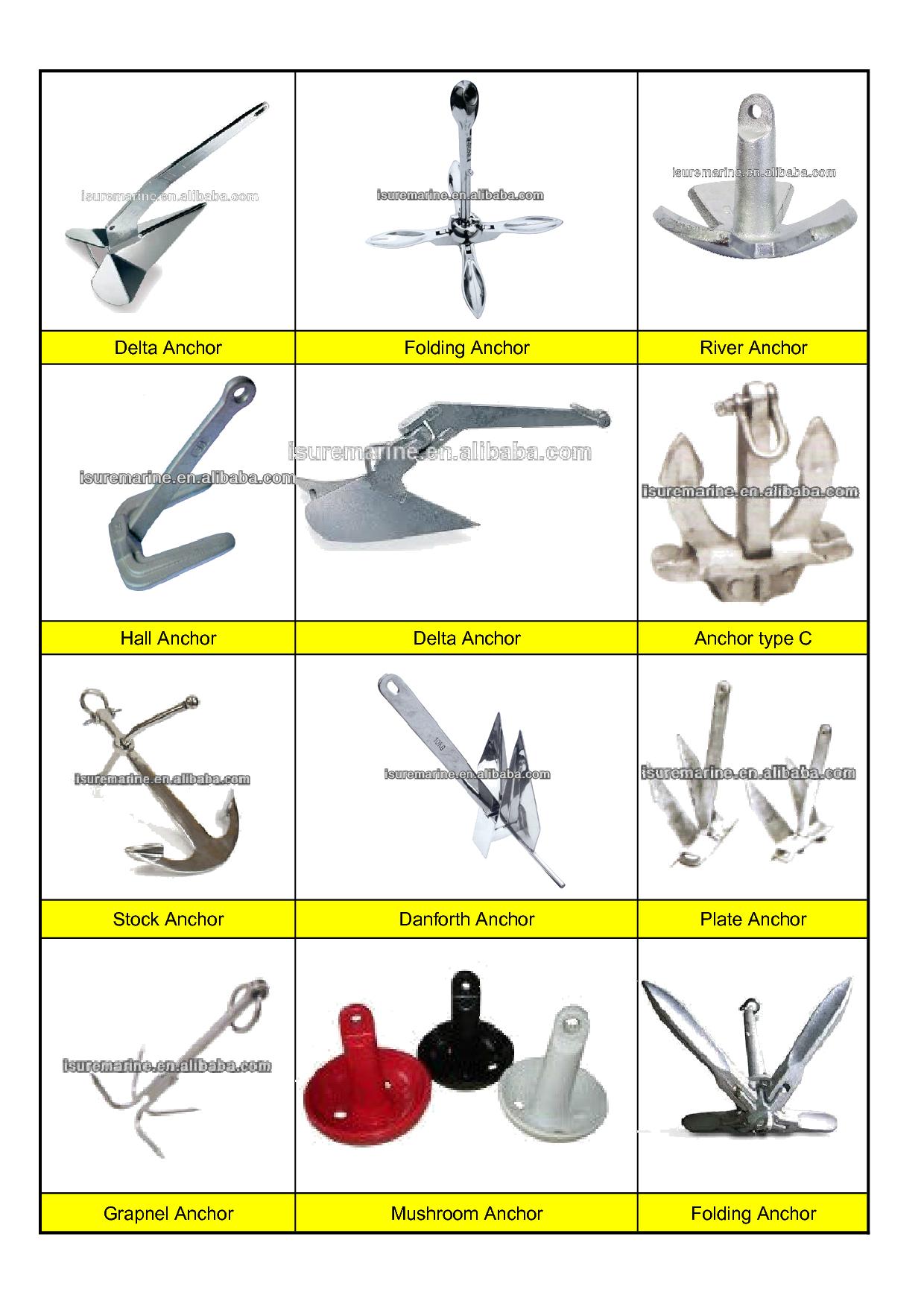Anchoring a 16-Foot Boat: The Ultimate Guide

Ever drifted off course while enjoying a peaceful day on your 16-foot boat? Choosing the correct anchor can be the difference between a relaxing afternoon and a stressful ordeal. It's more than just tossing any old hook overboard. This guide dives deep into the art of anchoring a 16-foot vessel, ensuring you stay put and enjoy your time on the water.
Determining the appropriate anchor size for your 16-foot boat isn't just a matter of guesswork; it's a critical safety consideration. An undersized anchor won't hold in challenging conditions, while an oversized anchor can be cumbersome and difficult to manage. This guide explores the factors influencing anchor selection, from boat length and weight to wind and current conditions.
Anchoring isn't a new concept. Sailors have been grappling with this essential skill for centuries, evolving from simple rocks and weights to the sophisticated anchor designs we see today. Understanding this evolution highlights the importance of a secure hold and the continuous pursuit of improved anchoring solutions.
The primary concern when selecting an anchor for a 16-foot boat is finding the sweet spot between holding power and manageable weight. You need an anchor that's robust enough to withstand wind and current but light enough for easy handling and storage on a smaller vessel.
Factors like bottom composition also play a role. A sandy bottom requires a different anchor type than a rocky or weedy bottom. This guide delves into the various anchor types available, helping you select the perfect match for your boating environment.
A good rule of thumb for a 16-foot boat is a 5-7 lb. anchor for calm conditions, increasing to 8-10 lbs. for more challenging environments. However, consulting manufacturer recommendations and considering your specific boating needs is crucial.
Benefits of Correct Anchor Sizing:
1. Safety: A properly sized anchor prevents drifting and ensures your boat stays secure, especially during unexpected weather changes. Imagine being caught in a sudden squall with an inadequate anchor – a recipe for disaster.
2. Peace of Mind: Knowing your boat is firmly anchored allows you to relax and enjoy your time on the water without constantly worrying about drifting. This peace of mind is invaluable, especially when swimming, fishing, or simply enjoying the scenery.
3. Protection of Your Boat and Others: A secure anchor prevents your boat from drifting into other vessels or hazards, avoiding costly repairs and potential injuries. This is particularly important in crowded anchorages.
Action Plan for Choosing the Right Anchor:
1. Determine your boat's length and weight.
2. Assess the typical wind and current conditions where you boat.
3. Research different anchor types suitable for your boating environment.
4. Consult manufacturer recommendations for appropriate anchor sizes.
5. Consider storage space and ease of handling on your 16-foot boat.Advantages and Disadvantages of Different Anchor Types
| Anchor Type | Advantages | Disadvantages |
|---|---|---|
| Danforth/Fluke | Good holding power in sand and mud, lightweight | Not ideal for rocky or weedy bottoms |
| Bruce/Claw | Versatile, sets quickly in various bottoms | Can be more expensive |
| Delta | Good all-around performance | May not hold as well as specialized anchors in certain bottoms |
FAQs:
1. Q: What's the best anchor type for a 16ft boat? A: Depends on the bottom conditions you typically encounter.
2. Q: How much anchor rode do I need? A: Generally, 5:1 or 7:1 scope is recommended.
3. Q: How do I set my anchor correctly? A: Slowly motor upwind while letting out rode.
4. Q: Should I use an anchor chain? A: Chain helps with shock absorption and setting the anchor.
5. Q: What is anchor scope? A: The ratio of rode to water depth.
6. Q: How do I retrieve my anchor? A: Motor slowly towards the anchor, pulling up the rode.
7. Q: What are the common anchoring mistakes? A: Using too short a rode, anchoring in a crowded area, not checking the set.
8. Q: What if my anchor gets stuck? A: Try reversing direction or using an anchor retrieval buoy.
Tip: Always check your local regulations regarding anchoring restrictions.
Choosing the right anchor for your 16-foot boat is paramount for safety and enjoyment on the water. By understanding the factors affecting anchor performance, researching different anchor types, and following best practices, you can ensure a secure and worry-free boating experience. Don't underestimate the importance of this crucial piece of equipment – a well-chosen anchor will give you the confidence to explore new waters and enjoy your time on the boat to the fullest. Invest the time and effort to select the right anchor and reap the rewards of safe and enjoyable boating for years to come. Remember, a properly sized and set anchor is your best friend on the water, providing security, peace of mind, and the freedom to explore without worry.
Finding nurse caps near you a comprehensive guide
Unlocking ethical growth year 4 moral education curriculum in indonesia
Beat the heat conquer summer with a portable ac unit and drain pump












